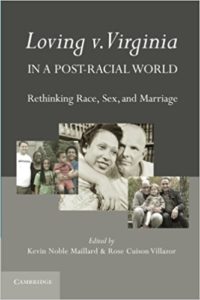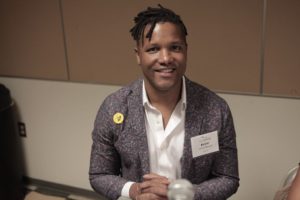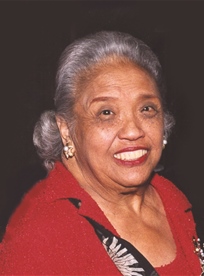 Bernard Cohen was one of the two lawyers who worked on the Loving v. Virginia case on behalf of Mildred and Richard Loving. In 2007, he co-wrote a powerful essay in support of same-sex marriage.
Bernard Cohen was one of the two lawyers who worked on the Loving v. Virginia case on behalf of Mildred and Richard Loving. In 2007, he co-wrote a powerful essay in support of same-sex marriage.
Join us June 10, 2017 at the Mixed Remixed Festival at the Los Angeles Theatre Center in downtown Los Angeles for a celebration of the 50th anniversary of Loving v. Virginia. FREE!

 Philip Hirschkop was one of two lawyers who represented Mildred and Richard Loving. Hirschkop found himself involved in the cast completely by accident. However, he was an important figure in fighting for civil rights during the tumultuous 1960s. In a recent
Philip Hirschkop was one of two lawyers who represented Mildred and Richard Loving. Hirschkop found himself involved in the cast completely by accident. However, he was an important figure in fighting for civil rights during the tumultuous 1960s. In a recent  The Loving v. Virginia decision was a pivotal civil rights ruling. In recent years, legal scholars have wrestled with what exactly it has meant to jurisprudence since. One great book co-edited by
The Loving v. Virginia decision was a pivotal civil rights ruling. In recent years, legal scholars have wrestled with what exactly it has meant to jurisprudence since. One great book co-edited by 
 Did you know that you can hear the oral argument before the Supreme Court of the Loving v. Virginia decision? You can find it
Did you know that you can hear the oral argument before the Supreme Court of the Loving v. Virginia decision? You can find it  Loving Day
Loving Day Richard and Mildred Loving raised three children Sidney, Donald and Peggy. Scholar and write
Richard and Mildred Loving raised three children Sidney, Donald and Peggy. Scholar and write 
 Chief Justice Ear Warren wrote the unanimous Loving v. Virginia. “To deny this right on so unsupportable a basis as racial classifications embodied in these statutes, classifications so directly subversive of the principle of equality at the heart of the Fourteenth Amendment,” wrote Warren , “is surely to deprive all the State’s citizens of liberty without due process of law.”
Chief Justice Ear Warren wrote the unanimous Loving v. Virginia. “To deny this right on so unsupportable a basis as racial classifications embodied in these statutes, classifications so directly subversive of the principle of equality at the heart of the Fourteenth Amendment,” wrote Warren , “is surely to deprive all the State’s citizens of liberty without due process of law.” “‘No way. No way. People will think you are marrying a foreigner’ . . . He said, ‘I don’t care what people think. I’m marrying you.’ He was so persuasive. So we got married. And, actually, there was no repercussion because people knew me.”
“‘No way. No way. People will think you are marrying a foreigner’ . . . He said, ‘I don’t care what people think. I’m marrying you.’ He was so persuasive. So we got married. And, actually, there was no repercussion because people knew me.”

